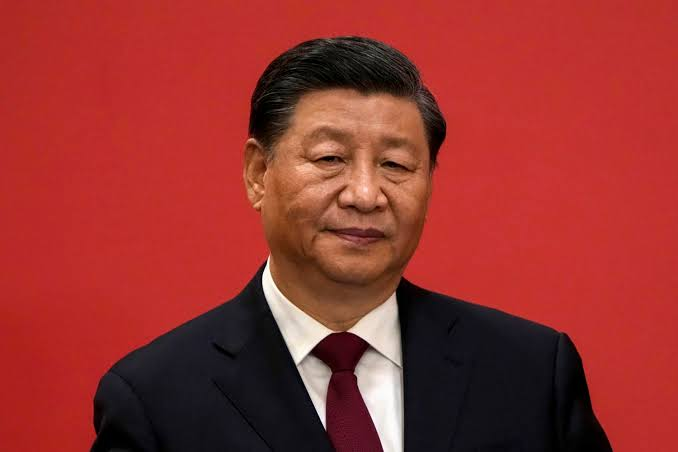Treatment of fractures (Bhanga Pratisedha) in Ashtang Hridayam
Treatment of fractures (Bhanga Pratisedha) in Ashtang Hridayam We shall now expound the chapter– Bhanga pratisedha (treatment of fractures); thus said Atreya and other great sages. Bones get broken ( fractured ) from a fall from height, assault etc; it is of two kinds, a. sandhigata-localised in the joint and b. asandhigata-in places other then the joints; inability for expansion (extension) and contraction (flexion etc.) and dislocation of the joint are the features of the first kind; whereas in the second kind profound swelling and severe pain in all positions, inability even for slight movement, production of cracking sound on rubbing are the features of fractures in brief. It is of many kinds, based on the nature of fractures. 1-3a. Those treatments which are common to all kinds and which are useful as a routine will be described here. 3b-4a. Asadhya laksana Chikitsa of sandhigata bhanga The bone which has been crushed into very small pieces, that which...







